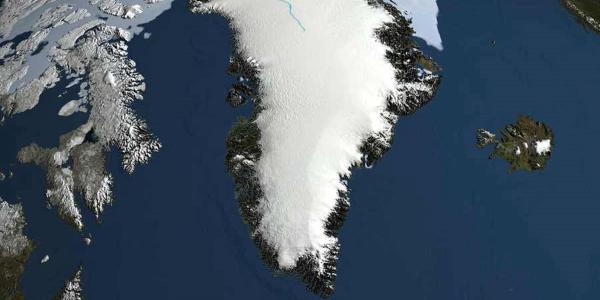EEPS Colloquium: Olivia Meng
Bridging Pore and Grain-Scale Physics to the Changing Cryosphere
The Greenland Ice Sheet has become the largest single source of barystatic sea-level rise in the cryosphere. Numerical models are the best tools to make projections of the future of the ice sheet. However, predicting how fast the ice sheet flows, and when does calving occur at glacier margins has proven to be challenging, primarily because of (1) the limited knowledge of the fate of meltwater in the hydrologic system and (2) the poor representation of ice-ocean interactions. In this talk, I will showcase the development of two process-based models for englacial hydrology and ice-ocean interactions, through interdisciplinary lens of porous media flows, granular mechanics, and remote sensing observations. My poromechanical model reveals that surface-to-bed hydrofracture will not occur in ice slab regions until all pore space proximal to the initial flaw has been filled with solid ice. My discrete element model quantifies the seasonal mélange buttressing force that coincides with observed calving dynamics. I will discuss my future research combining modeling, experimenting, machine learning, and remote sensing techniques to bridge pore and grain-scale physics to the changing cryosphere.
EEPS Colloquia are made possible by the William C. Ferguson Fund.

